‘Mario + Rabbids Sparks of Hope’ is a Goofy Gaming Chimera (in the Good Way)
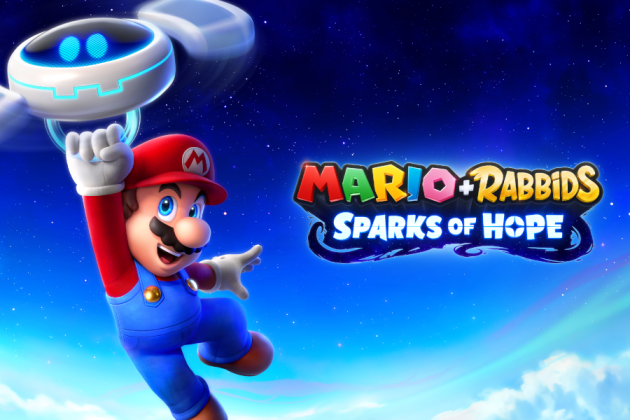
Back in the Switch’s inaugural year of 2017, most early adopters showed up for two massive titles: The Legend of Zelda: Breath of the Wild and Super Mario Odyssey. Both were major reinventions of their respective franchises and their one-two punch in the console’s launch year functioned as a mea culpa for Nintendo’s mishandling of the Wii U. In one year, the company had effectively launched two killer apps that were better than the majority of the games released over the course of an entire generation. But what else was there? Nintendo’s Achilles’ heel since the Nintendo 64-era has always been the chasm-like dearth of quality third-party titles in between its own in-house blockbusters. Well, this time they had that covered too.
Enter the Rabbids.
More from Rolling Stone
Listen to a Track from Ubisoft's Upcoming 'Mario + Rabbids Sparks of Hope'
'The Last of Us Part I' : A Brutal Masterpiece Is Reborn for the PlayStation 5
Equal parts Minions and Quiznos rat, the Rabbids originated in Ubisoft’s own mascot platformer, Rayman, before spinning off to become the publisher’s primary vehicle for variety games — akin to what Nintendo would do with its Mario Party and sports games. Weird, frenetic, and slightly obnoxious, they did gangbusters with kids but seemed like an ill fit for a Mario franchise crossover. But, to the surprise of just about everyone, developers Ubisoft Milan and Ubisoft Paris not only managed to successfully weave the two disparate tones of the franchises together but also created a shockingly good strategy game to boot with Mario + Rabbids Kingdom Battle. Lifting wholesale the basic gameplay of popular real-time strategy series XCOM, it provided challenging and mechanically rich turn-based combat with a very bright coat of paint. Mario had a gun. Rabbids merged with Mushroom Kingdom characters as chimeric doppelgangers befitting a sci-fi horror film. In short, it was great and although it felt slept on in comparison to the dozens of millions of Mario Kart 8 Deluxe sales, it went on to become one of the Switch’s most popular games not produced by Nintendo themselves.
So it is safe to say that the forthcoming sequel, Mario + Rabbids Sparks of Hope, has some big shoes to fill. And guess what? It does! Once again led by Ubisoft Milan and Ubisoft Paris, alongside a suite of international co-developers, Sparks of Hope does what all good sequels should by fine-tuning what worked well the first time around, but also dialing back on what didn’t. The end result is a more ambitiously executed game that leans deeper into its own identity rather than feeling like a mish-mash of two different IP.
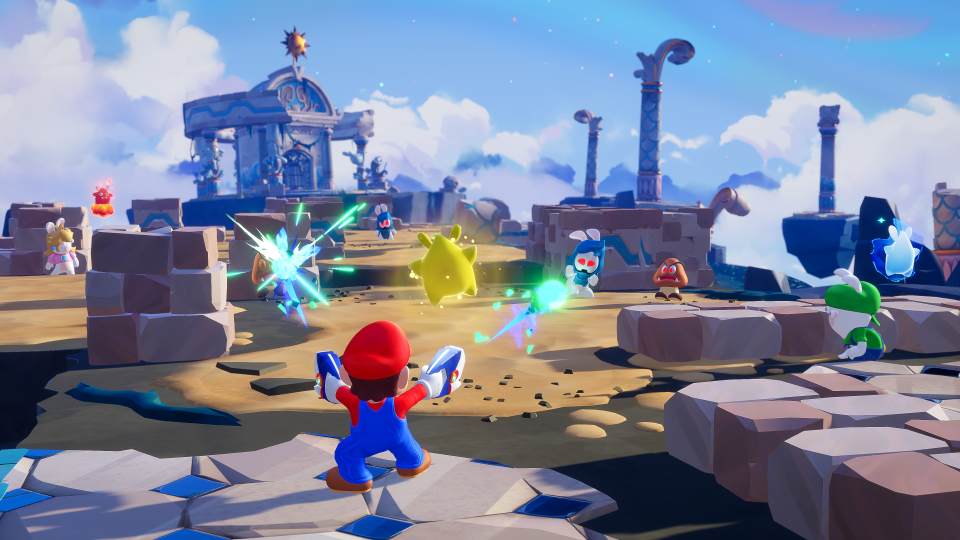
Related
Listen to a Track from Ubisoft's Upcoming 'Mario + Rabbids Sparks of Hope'

'The Last of Us Part I' : A Brutal Masterpiece Is Reborn for the PlayStation 5
Watch: Hands-On With 'Street Fighter 6'
Picking up some time after the events of the first game where realities literally crashed together, the denizens of (this version of) the Mushroom Kingdom now happily co-exist with the Rabbids and the creepy doppelgangers of Mario, Luigi, and Peach. But when a malevolent force named Cursa rears its ugly head, it’s once again time for the gang to work together and fight back for their newfound reality and save the galaxy.
“Galaxy” being the key term. The game is set across a series of individually themed planets, each with their own biomes and characters, which Mario and co. explore via spaceship. Most importantly, we’re almost immediately introduced to the titular Sparks — bastardized hybrids of Rabbids and the adorable Lumas from 2007’s Wii title Super Mario Galaxy. The presence of the Lumas should clue in some gamers as to what other characters they might see but, spoilers aside, they’re a cute addition that ends up having major implications for the gameplay.
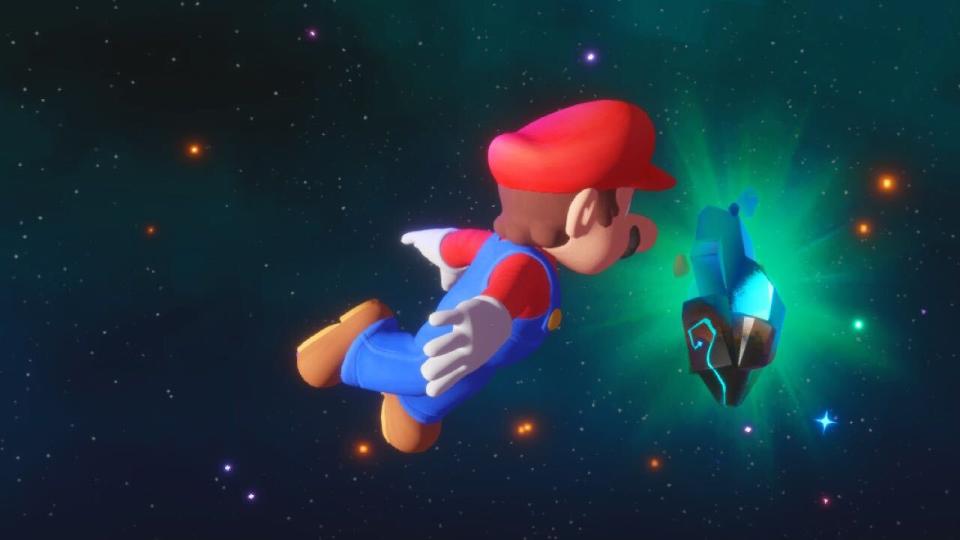
Once we’re introduced to the Sparks, the game quickly sets up one of its central conceits: Pokémon collecting. Each of the game’s planets has a series of quests to fulfill, and one of the most vital is discovering and gathering a legion of Sparks to help with the war effort against the big bad. There are 30 in total, each with its own individual effects when equipped in combat. Each of the nine characters you’ll unlock for your party can equip one or more Sparks that imbue them with abilities ranging from increasing defense to supercharging weapon and melee damage with elemental might. It’s a simple but diverse system that allows the player to build a customizable squad and make changes on the fly to deal with encounters while strategizing around the enemy’s individual weaknesses.
Combat is where some of the game’s biggest changes lie. The first game surprised critics and players alike by taking turn-based strategy mechanics from the often brutal and unforgiving XCOM series and applying them to the very cutesy aesthetic of Mario’s world. Where the devs stuck the landing was ensuring that the gameplay didn’t feel watered down. Sure, some of the more merciless mechanics like permadeath for characters were eschewed (How the hell would they canonically explain Mario Bros burying their loved ones in shallow graves and soldiering on?), but overall it was a great translation that felt unlike anything else on the Switch. For the sequel, some subtle changes have a profound impact on the feel of the game for the better.
First, movement is no longer tied to a direct grid system. In Kingdom Battle, players would take turns between themselves and the computer-controlled opposition in chess-like strategic encounters. Movement was controlled with a cursor, selecting the from a pre-determined number of spaces each character could move across the battlefield. There was nuance to it; characters could leap off each other’s heads to extend their range of mobility and even attack from above, in true Mario fashion. Now, traversal is no longer tied to a rigid grid system. Players fully control their character’s movement as they would in any traditional Mario game, albeit with a highlighted cone that shows the full range of area they can utilize. You can still take cover behind walls to avoid incoming fire, but the freedom to move at will is liberating, especially since you’re no longer locked to a final space on the board until after selecting the primary attack. This means that players can daisy chain a series of commands with fluidity and ease, as well as swap on-the-fly between characters for support. Imagine this: Your turn begins and you select Mario (a gifted jumper), use your Sparks to imbue the party with heightened attack damage, move to the furthest region of your movement cone, then hot swap to Luigi. Luigi joins Mario, and you hot swap back. Now you can propel Mario off Luigi’s head to double the range in which he can move, landing behind an enemy for flanking. The brothers unleash hell.
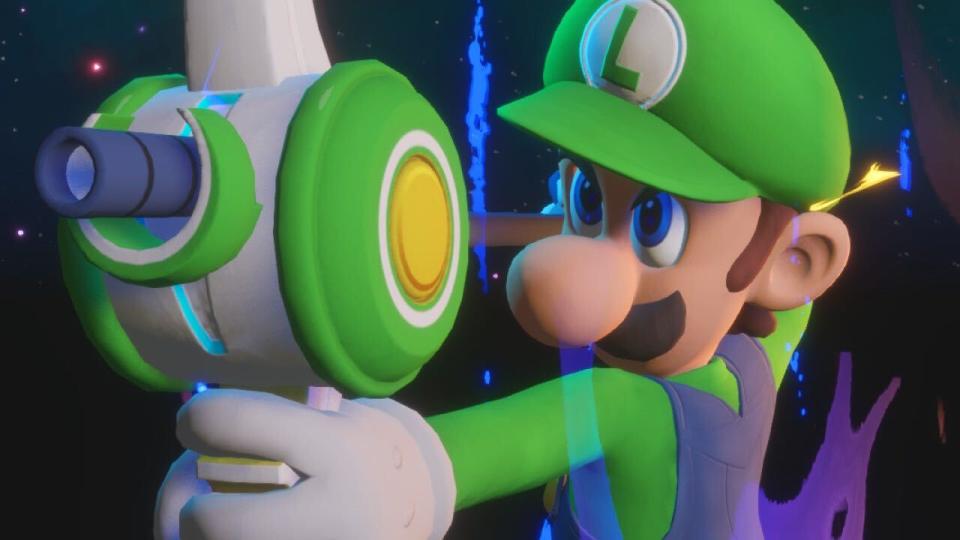
These kinds of multi-layered strategies are quick and easy to execute and open up the possibilities for playing tactician. Generally speaking the basic mechanics of the game aren’t that different from the first, but the increased level of freedom and quality of life improvements around selecting moves means that gameplay emphasizes the “real time” aspect of real-time strategy, and ironically makes the game feel closer to an action-RPG than XCOM. It’s fitting then that Bowser also joins the fight and that users can (finally) build teams entirely comprised of Mario characters without Rabbids — allowing those of us who survived the nineties to live out our fantasy of playing a modern action-RPG sequel to Super Mario RPG. Given that Nintendo themselves have all but abandoned the concept of a full-fledged Mario role-playing game (R.I.P. Paper Mario), this is the closest we’ll ever get.
Speaking of Super Mario RPG, a game that famously gave the keys to the Mushroom Kingdom to developer Squaresoft (the Final Fantasy guys) to create their own offbeat, quirky version of Nintendo’s beloved IP, Sparks of Hope follows suits and does much of the same to a more successful degree than its predecessor. For the first game, the developers at Ubisoft were clearly handling the Mario brand with the utmost care and the result was almost too slavish at times, creating a series of environments that felt relatively safe in their homage to the expectations of the Mario world. Here, the creators seem to be leaning into the spirit of Nintendo’s best-in-class world design rather than trying to recreate it and force Rabbids in. Each planet has its own visual identity and acts as a greater hub with tons of quest markers and labyrinthian depths to explore. Finishing the main story quests opens up additional pathways with more side quests to explore and some soft locking of certain areas means that there’s generally a good reason to return to planets after you’ve moved on and gained new abilities.
The plot itself is serviceable but thin, although nobody was expecting Mass Effect-level depth here. The press materials tout the game as having 34-min of handcrafted cinematics which, while ambitious for a [gasp] Nintendo game, is pretty sparse overall. Much of the game’s lore comes in the form of “Echo Memories” which are essentially logs that flesh out the greater world. It’s common gaming parlance and the memories can be discovered through exploration or purchased via one the game’s multiple currencies. The biggest improvements made to the narrative over Kingdom Battle rest in how the game handles and integrates the Rabbids.
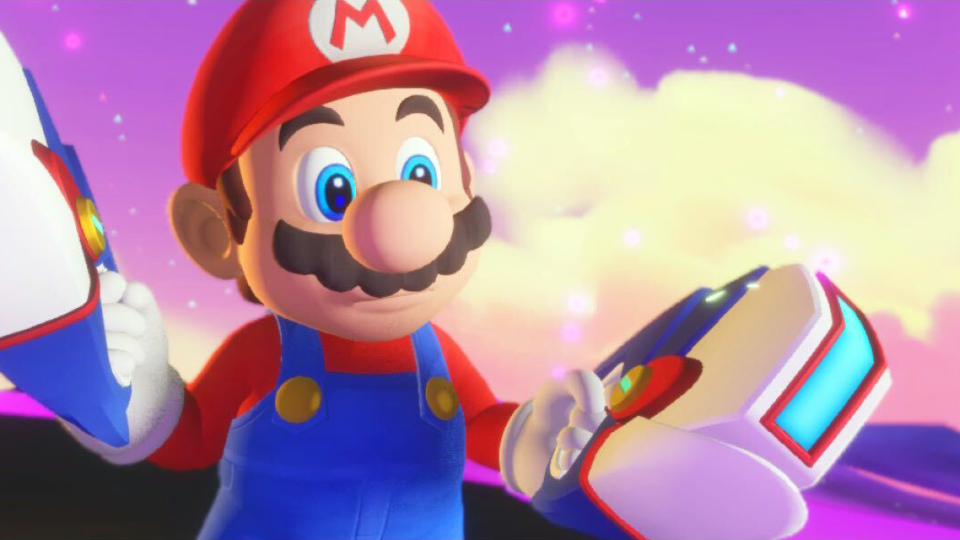
I’ll be candid here: I was not a fan of the “Rabbids” half of the Mario + Rabbids the first time around. The most obvious parallel for them is of course the cultural phenomenon/mental anguish generators known as Minions. They’re a race of villainous underlings that run amok making noise, pratfalling, and being generally “kooky” to the dismay of anyone above a middle school reading level. They’re squarely designed for children and the approach taken with them in Kingdom Battle wasn’t one I enjoyed. The general plot revolved around Rabbids getting up to so much mischief, that actually break through the time space continuum and land in Mario’s universe, wherein they immediately begin fucking with reality on a Multiverse of Madness level. Frankly, I played the majority of the first game either on mute or by skipping scenes entirely. It appears that the story leads on the sequel have taken this criticism to heart and have wildly toned down the level of in-your-face zaniness from the Rabbid clan. Sure, there’s still waves of pantomime humor and a general irreverence played up, but there is less beating viewers over the head with their wackiness. I found myself actually enjoying the slightly more subtle approach to comedy this time around and the sweet mercy of ending comedic bits before they go on too long.
If the general story (and punchline) of Kingdom Battle was “What if Mario bUt RaBBiDs?,” that too has been much improved in the sequel. Not to overstate, but the influences from all kind of science fiction properties can be felt here and it’s to the game’s benefit that they had an natural “in” to space by leaning on the beloved Mario Galaxy games as a backdrop. Sure, it doesn’t really amount to much beyond window dressing but there’s a certain delight in seeing Mario and friend stand heroically around a hologram in a blue-hued war room on a spaceship, getting their mission from a playfully sardonic AI. Hell, as if though couldn’t be more on the nose they literally arm Mario with dual blasters that would make Star-Lord spring to action à la Rick Dalton.
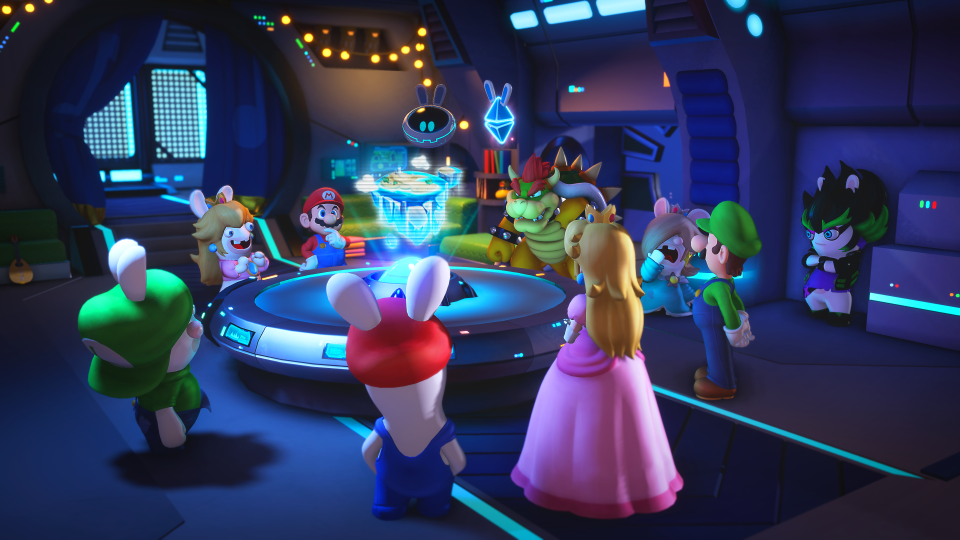
The game’s visuals are vibrant, with both cinematics and in-engine gameplay oozing Dreamworks-style animations and tone (in some ways better than Dreamworks themselves). There are some issues with the frame rate, however, especially when the environments begin filling up with particle effects. In my playthrough, I found that the game stuttered at certain points in exploration when too much detail was trying to render. By the second planet (Pristine Peaks), I was seeing frame rate dips and slowdown regularly whenever climbing to higher points in the map where snowfall effects were at their peak (pun intended). None of it was game-breaking and may even be smoothed out with a post-launch patch, but it really shows just how taxing games have become on the downright geriatric Switch hardware. In a game that’s essentially a series of walled gardens and methodically paced action, seeing the game struggle in docked mode rendering 1080p is kind of sad.
All things considered, this series once again delivers on its promise to be better than it has any right to be. Playfully written with a meaty campaign and stellar combat systems, it’s a shining star in a sea of great Switch releases this year. That star just happens to have the face of a Quiznos rat.
Mario + Rabbids Sparks of Hope launches on Nintendo Switch on Oct. 20.
Best of Rolling Stone

